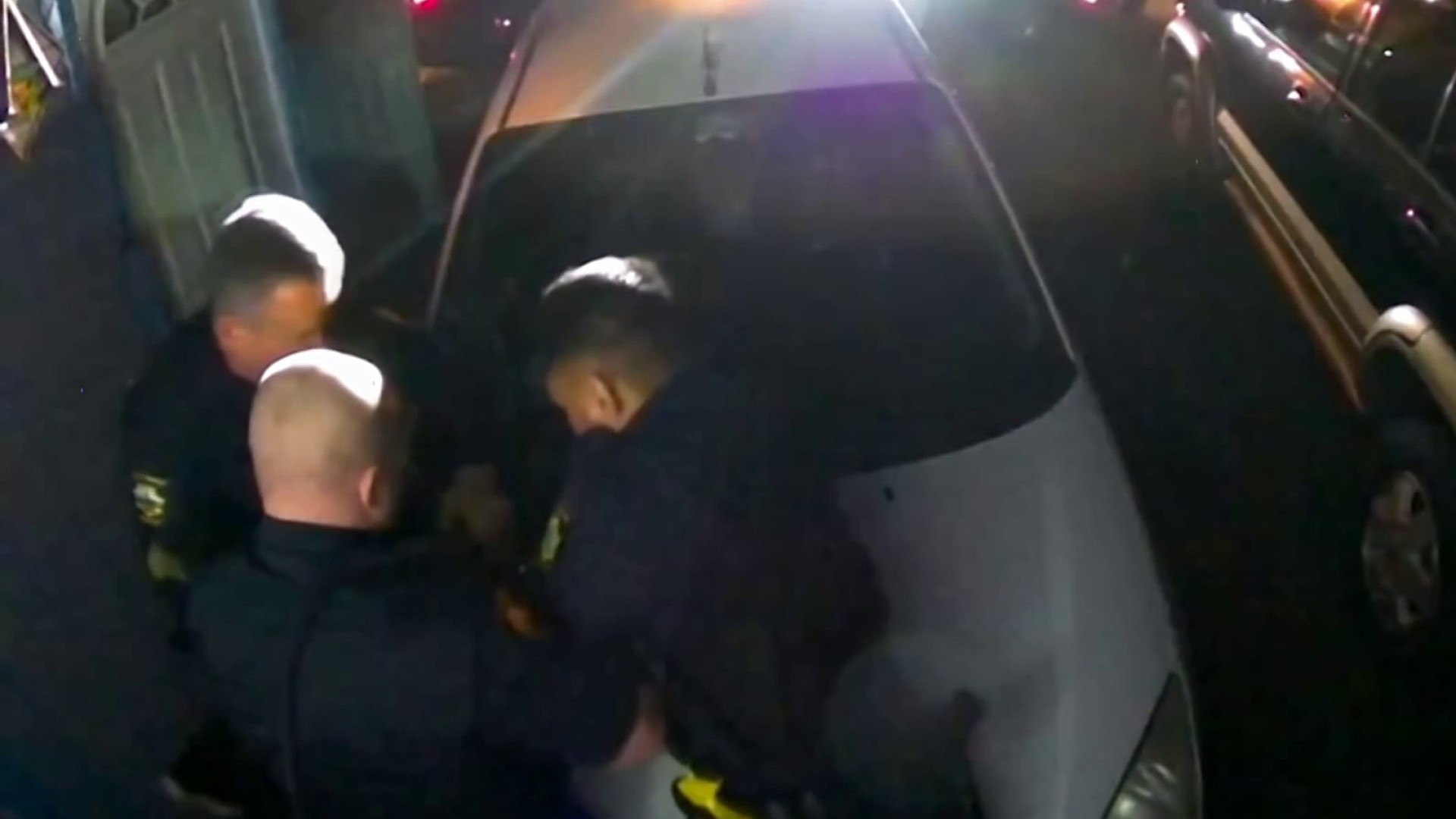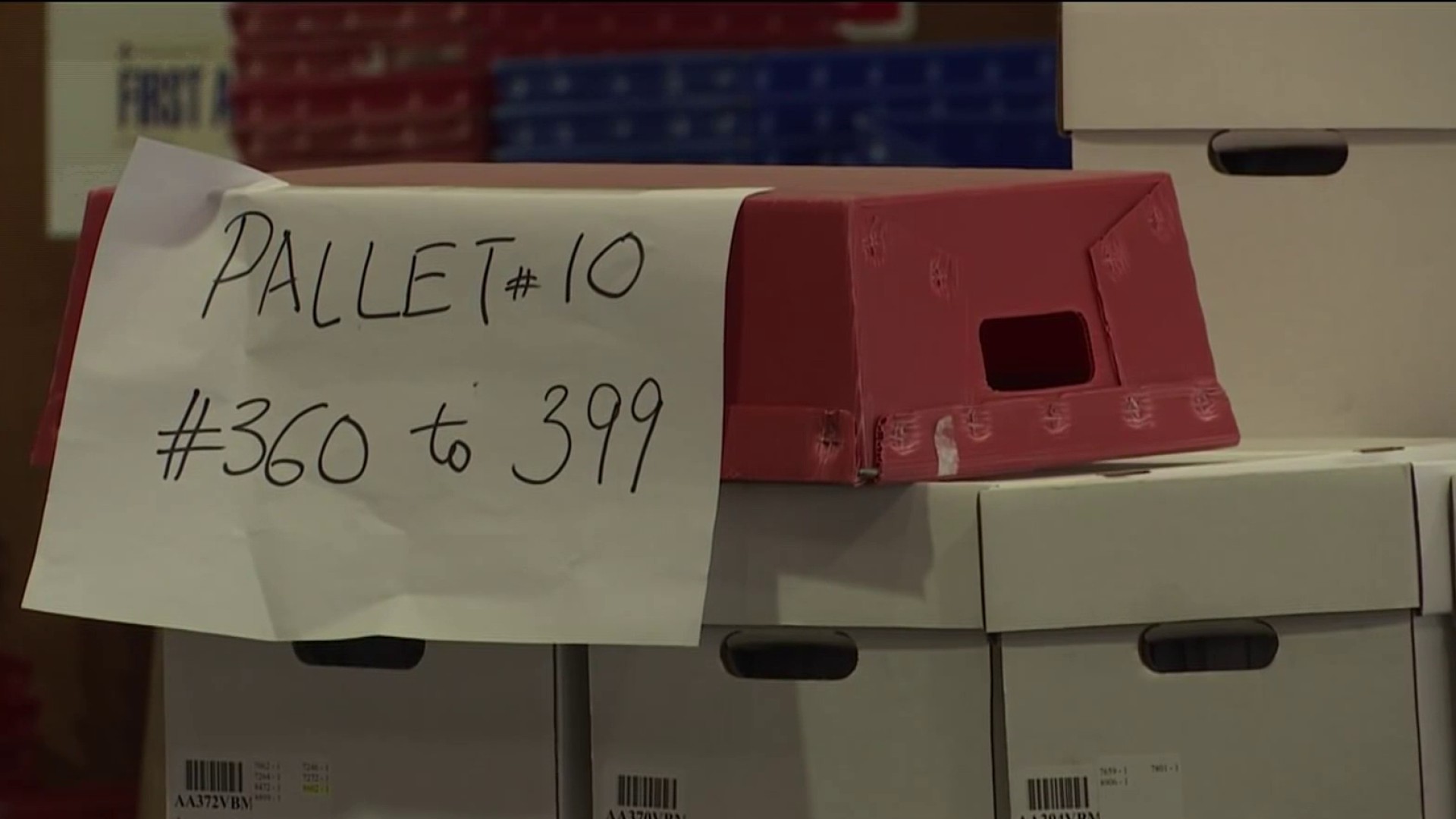State regulators and PG&E have a struck a $65 million deal in the regulatory action over PG&E’s troubled 811 locate and mark program that ratepayer and safety advocates consider a slap on the wrist to the bankrupt company.
The settlement – which includes a $5 million fine as well as $60 million dedicated to audits and staffing increases -- would resolve allegations that crews, acting under pressure from management, falsified as many as 170,000 late responses as being on time.
Other allegations lodged by the state Public Utilities Commission involved delays in acknowledging the company had false records about an incident that left a San Jose city maintenance worker with serious burns in 2014.
Robert Pena used a power saw to clear a sewer line of roots, but unknowingly cut into a high voltage line. He was hospitalized for three days and was off work for six months, but state accident investigators told him he was lucky.
“They said give your wife and your kids a hug, because you got saved,” he said in a recent interview, “you know, you shouldn’t be with them right now.”
As part of the settlement, PG&E admitted to having failing to notify regulators about everything it knew, including that the crew involved had created a false document that wrongly indicated a qualified electrical expert had assisted the effort in finding buried lines that day. It said that that any failure, however, was not intentional.
But noting the considerable safety implications of that San Jose incident and the 170,000 other false reports over a five year span, safety and ratepayer advocates were quick to attack the settlement – and the $5 million fine in particular – as being too lenient.
Local
CPUC regulators say the deal, which could have otherwise involved more penalties, was the product of “a unique combination of circumstances.” In light of the financial and logistical challenges, the staff of the safety arm of the commission declared the $65 million settlement “sufficient in light of PG&E’s financial condition.”
But a retired veteran CPUC regulatory lawyer, Robert Cagen said the deal amounts to a slap on the wrist.
“It’s just anti-safety,” he said, and effectively ignores the clear risks tied to the extensive falsification and other misconduct that lasted years and put lives like Pena’s in jeopardy. “$5 MILLION is not even close to a decimal point for them in their earnings,” Cagen added.
Tom Long, a regulatory lawyer with the ratepayer group TURN, noted that bankruptcy court filings indicate PG&E has already paid more than twice the CPUC settlement sum on bankruptcy lawyers – and the tab is still running.
“They are crying poor, when they are paying their attorneys $140 million to protect the company’s interest in bankruptcy,” he said. “That’s shameful.”
A top company official is quoted in a statement the company provided on Friday, saying: “As we’ve stated since the beginning of this proceeding, the events that took place were unacceptable, and we take responsibility for not living up to our commitment to accurate reporting and record-keeping in this case.
“Furthermore, we believe this settlement agreement underscores our commitment to learn from the past and take meaningful steps to change, and helps ensure we meet both the letter and spirit of the laws and regulations pertaining to our business.”
In announcing the deal to shareholders Friday, the company said it could take until 2022 to fully implement changes to the program. The company cautioned that at this point, it is “unable to predict the outcome” when the matter goes to the full utilities commission for final consideration.



